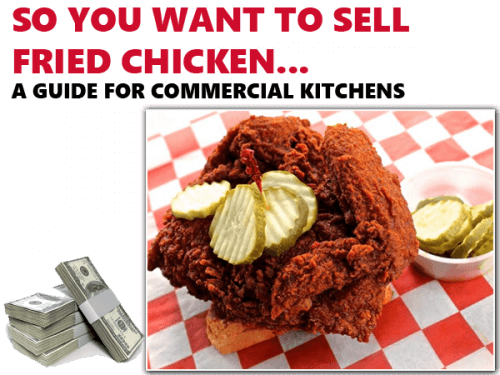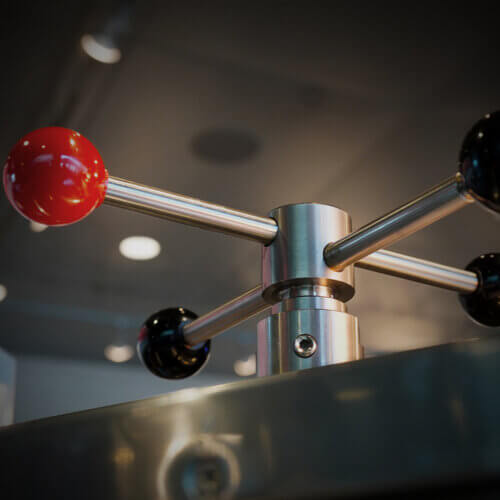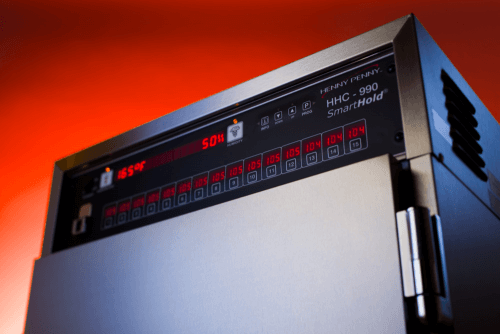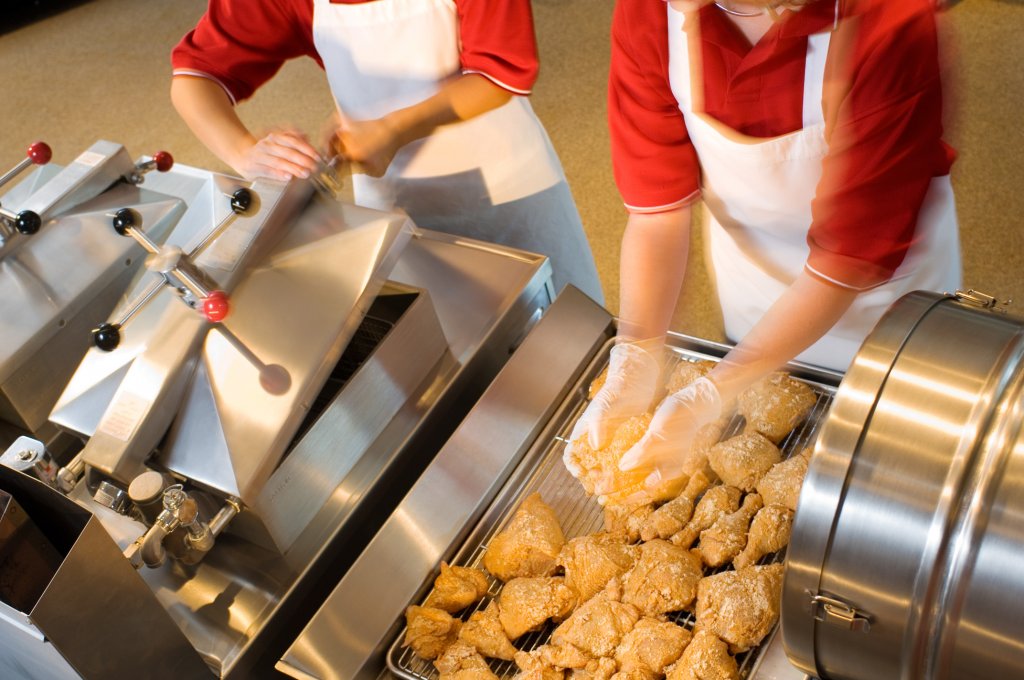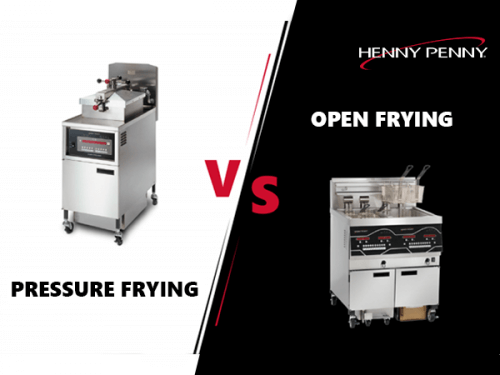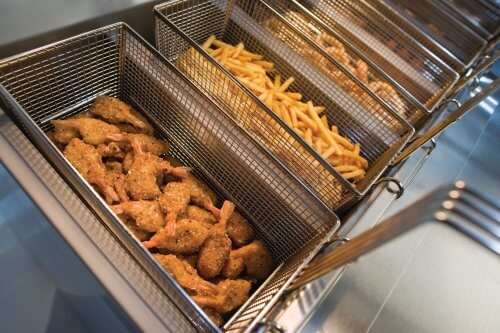How operators are cutting costs with smarter equipment.

Running a kitchen in 2025 isn’t for the faint of heart. Between labor challenges, rising ingredient costs, and back-of-house burnout, it’s no wonder more operators are taking a hard look at the equipment behind their menu.
Lately, we’ve seen a noticeable shift: operators aren’t just buying fryers or holding cabinets—they’re buying time, cost control, and peace of mind. And in many cases, that starts with one strategic upgrade.
Less Oil, Less Stress
Let’s start with oil. Everyone’s talking about it. The cost of oil has spiked, and so has the pressure to stretch it further. With Henny Penny’s oil-saving fryers—like the F5 and Velocity series—operators are cutting oil usage by up to 40% and extending oil life by double or more. That’s real money back in your pocket, and fewer oil changes during peak hours.

Want to see what that looks like for your kitchen?
Fewer Hands, Smarter Tools
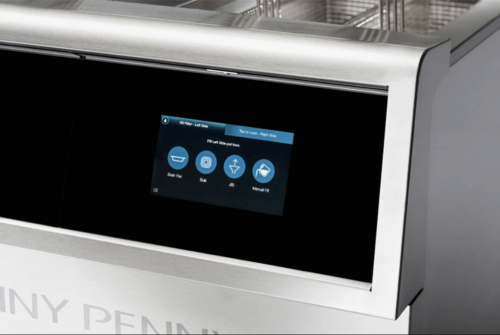
With labor as tight as ever, simplifying training is no longer a nice-to-have—it’s survival. Touchscreen interfaces, built-in filtration, and programmable cook cycles take the guesswork out of prep. Whether it’s a seasoned cook or a brand-new hire, the results stay consistent.
We’ve had customers come into our demonstration kitchen thinking their team would never adapt to new equipment—and leave realizing their team won’t want to go back.
Service Matters More Than Ever
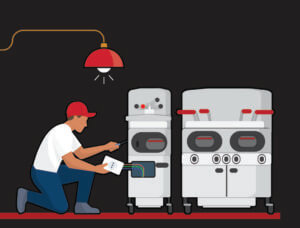
It’s not just about the right fryer or combi. It’s about support. Equipment is only as good as the people backing it—and that’s where we come in. Our full-service approach means we handle delivery, install, training, and service. One call, no runaround.
And when something goes sideways (because in foodservice, it always does), you’re not stuck on hold or waiting for someone two states away. Our techs are in your region, ready to keep your kitchen moving.

Is It Time to Make the Switch?
We get it—buying new equipment is a big move. But the operators we talk to aren’t looking to overhaul everything at once. They’re identifying the pain points and solving them one piece at a time.
So if your fryer’s chewing through oil, or if your crew is burning out faster than the equipment, it might be time for a test drive. Come cook your menu in our kitchen. No pressure, just real results.
Let’s future-proof your kitchen—starting with what’s holding you back today.



